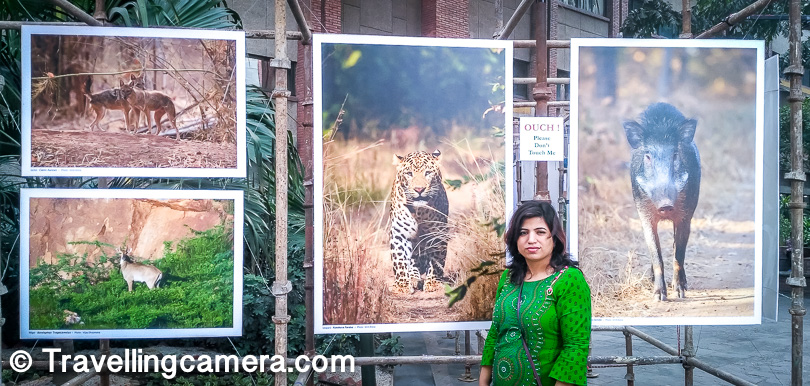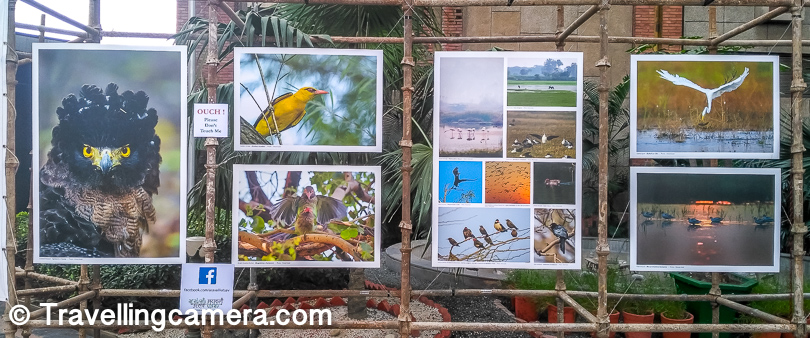Delhiites live in a cocoon. As long as our cars keep racing, our ACs running, and our mobiles showing "4G" on the signal strength indicators, we don't care about much. We are so self-centered that when the talkative sparrows vanished from right under our noses, we barely noticed. And now when the crows are dying out, the sunbirds fading away, and even the resilient Mynahs dwindling, we hardly look up from our smartphones.
Very few of us are aware that all natural sounds in Delhi are receding to a handful of green spaces and natural habitats that somehow still manage to survive in and around Delhi. As we keep pushing nature into a corner and outside our boundary, we are pitifully unaware of how much we still have left, and how easily we can lose that too.
It's no surprise then that it takes a photographer's crusade against irresponsible development and his effort to bring to light all the nature and wildlife that still survives in our backyard to make us realize the value of a habitat as unique and fragile as the Aravallis. "The definition of a forest for a habitat as extreme as the Aravallis should be different than for a rainforest. In the Aravallis, each sapling grows only a few inches each year, so may take decades to turn into a tree," shares Aditya Arya, eminent photographer, photo historian and archivist. The kind of weather nature in the Aravallis faces and the sheer amount of time it takes for the habitat to develop, make this habitat priceless.
Aravalliscapes, an exhibition curated by Aditya Arya that is currently on at the India Habitat Centre, highlights these aspects of the Aravallis and more. The exhibition is aligned with the ongoing Aravalli Utsav and the displays can be seen at Jor Bagh and Mandi House Metro stations, along with the India Habitat Center.
The displays at the India Habitat Centre bring forth the magical flora and fauna that manages to survive and even thrive despite the challenging climatic conditions. Along with that it also highlights the destruction unmindful development has caused here, and still continues to cause. It is unfortunate that despite the Aravallis being right in our backyard, we know hardly anything about them. The land that supports such amazing diversity is thoughtlessly termed "barren" so that it can be wiped out in the name of urban development.
It is time to change our perspective. It is time to explore and understand our surroundings. We cannot afford to stay ignorant any more. Unless we take responsibility for our actions and also our inactions now, and work together with nature to restore natural balance and let nature back into our cities, we will soon lose it all. And the scary part is that we won't even be aware what we have lost, or what was taken away from us. Let us be part of and support initiatives like the Aravalli Utsav and help turn the tide.







.jpg)
Comments